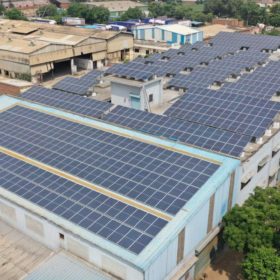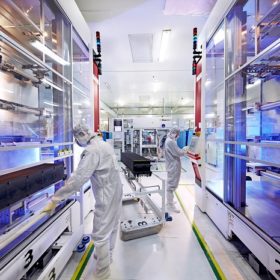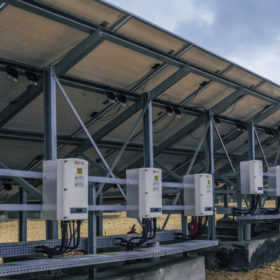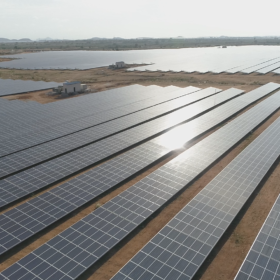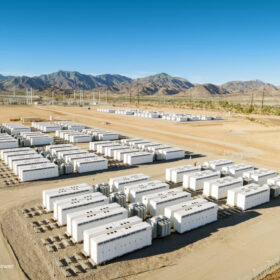MYSUN raises Rs 32 crore to scale up rooftop solar business
The Delhi-based end-to-end rooftop solar company is looking to eventually raise Rs 250 crore ($35 million) as it plans to improve its technology infrastructure further, scale up the service offerings, and expand to newer geographies, including parts of Middle East, Asia Pacific and Africa.
India added 1534 MW of rooftop solar in calendar year 2019
China’s Growatt emerged as the largest rooftop solar inverter supplier, claiming around 21% of the 1534 MW market, followed by rivals Solis (18%) and Sungrow (17%).
BHEL tenders solar module supply for VTU, Karnataka
May 4 is the last date to submit bids for supplying 1130 quantities of 72-cell, 330Wp crystalline-silicon solar modules for Visvesvaraya Technological University. The modules are to be delivered within 45 days of the purchase order.
NTPC plans hydrogen buses and cars for Delhi, Leh
The state-owned power producer has invited global Expression of Interest (EOI) for supply of hydrogen fuel cell based electric buses and cars—ten each—for pilot projects in Delhi and Leh. The last date for submission of EOI is May 15.
‘Free-form’ organic PV
French organic PV module manufacturer Armor said it began manufacturing free-form PV modules in early April. The new technology will allow the company’s ASCA PV film to be produced in a range of different shapes.
US investor KKR to acquire 317 MWp of SP Infra solar assets
Marking its second infrastructure investment in India, KKR will acquire Mumbai-based Shapoorji Pallonji Infrastructure’s 169 MWp solar assets in Maharashtra and 148 MWp in Tamil Nadu for a sum of Rs 15.54 billion (approximately US$204 million).
Chaturvedi appointed as the new MNRE Secretary
A 1987-batch IAS of Jharkand cadre, Indu Shekhar Chaturvedi will replace Anand Kumar who has been assigned the Ministry of Culture.
The long read: More or less
How much granularity in monitoring and optimization is enough? Module-level power electronics have been a popular addition to the residential segment and, for several reasons, have enjoyed growing popularity on commercial rooftops. But where is the limit? While there are the first ground-mount installations with MLPE, other companies suggest that less is more and scaled down their optimization and monitoring granularity.
India’s renewable energy subsidies fell 35% in three years
The subsidies to renewable energy went from a high of Rs 15,313 crore in FY2017 to Rs 9,930 crore in FY2019. At the same time, government subsidies for oil and gas went up from Rs 40,762 crore in FY2017 to Rs 67,679 crore in FY2019. Unprecedented resource crunch post-Covid-19, however, presents a good opportunity for the government to rein in specific fossil fuel subsidies while creating more fiscal room for promoting renewables and other welfare schemes—according to a new report by the International Institute for Sustainable Development (IISD) and the Council on Energy, Environment and Water (CEEW).
Global supergrid vs. regional supergrids
Researchers from Finland’s Lappeenranta University of Technology have assessed the economic advantages of a fully interconnected global network. They found that an international grid could contribute to a global LCOE of €52.50/MWh. The higher complexity of such a system, however, would only be marginally compensated by additional economic benefits.
